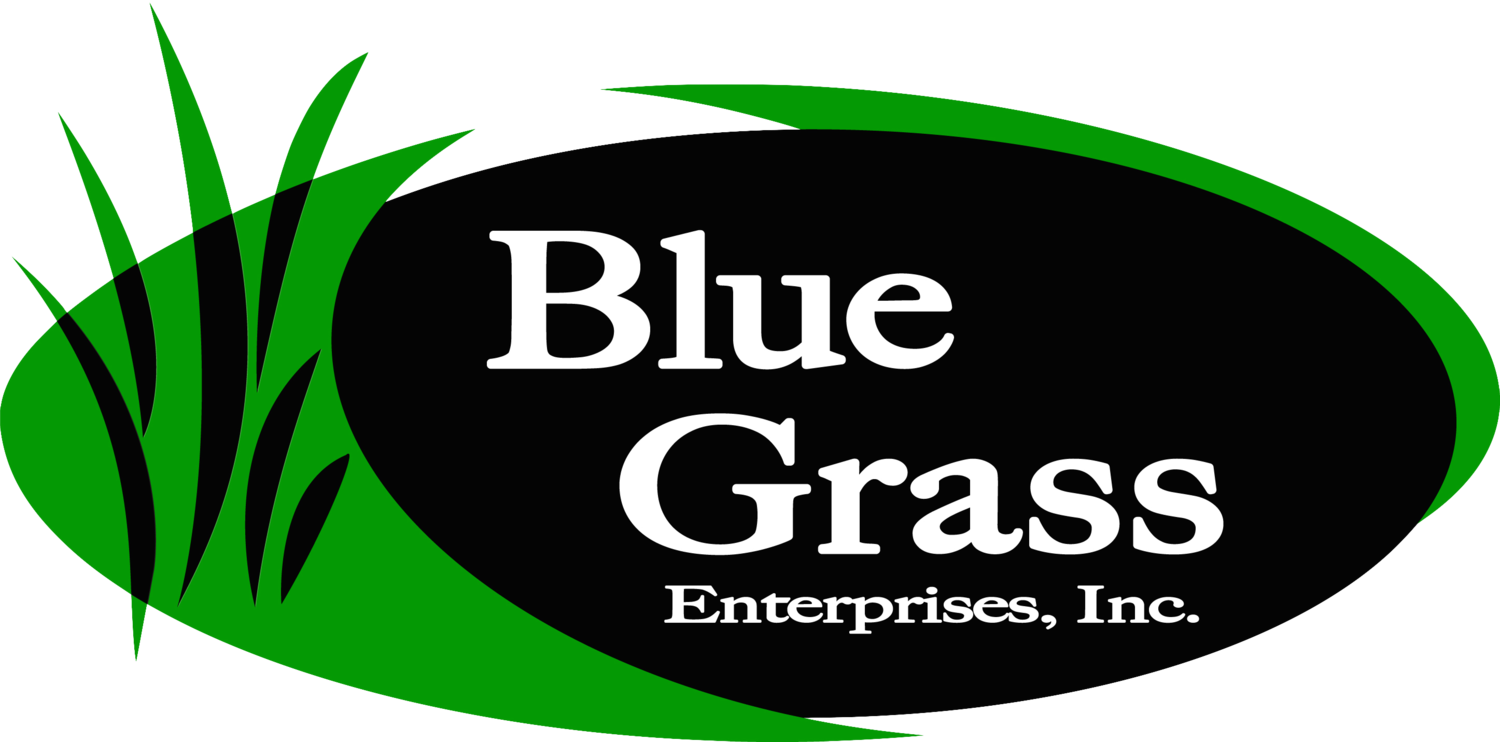What is thatch?
Thatch is the layer of undecomposed or partially decomposed organic tissue sitting just above the soil surface in your lawn. Thatch consists of dead or decaying leaves and stems which eventually break down into nutrients that can be reabsorbed by new plants and organic matter that holds moisture well.
Is thatch bad?
Thatch, in and of itself, if not inherently bad. In fact, it has beneficial properties for lawns! It can produce softer, safer athletic fields, parks, and lawns for people to run and play; it contributes positively to soil organic matter as it decays, recycling nutrients like potassium back into the soil for new plants to absorb; it can bind pollutants from urban runoff moving through turfgrass systems; it protects the crowns of turfgrass plants from temperature extremes; and, it can act as a type of mulch that prevents the soil surface from drying.
Some parts of the plants take longer to break down naturally. This is largely determined by the amount of lignin, a compound in plants that adds hardness and rigidity to the walls of plant cells. Stems, rhizomes, and stolons contain higher amounts of lignin and therefore decompose more slowly than leaves, which contain lower amounts. Therefore, it is very normal and healthy to have some thatch present in lawns, even if things are working in a well-balanced order.
So is it possible to have too much of a good thing?
Just like cheese, blueberries, 80s power ballads, Fast and Furious movies, and fine wine, it is possible to have too much thatch.
How do you get too much thatch?
Thatch build-up occurs when the production of plant biomass exceeds the rate of its decomposition. Management practices, weather, soil compaction, and soil microbial activity can all impact the speed at which thatch breaks down. In our experience, soil compaction and poor feeding strategies are the main contributors to excessive thatch for most Iowa lawns.
When thatch accumulates excessively it can create an imbalance that should be addressed. In extreme cases, thatch can smother new growth, and new plants rooted in deep thatch are more prone to injury from traffic, cold, drought, or other stresses. Excessive thatch can also contribute to a hydrophobic environment that leads to localized dry spots and increased disease pressure from colonies of fungi that live in soil and thatch. This can be especially problematic in lighter, sandier soils.
Should I schedule a dethatching right this second?!?
No. Dethatching is an extreme solution and should not be done regularly. Think of dethatching as treating a symptom, rather than fixing the actual problems that cause excessive build-up. It is more time and cost-effective to first evaluate your feeding strategy with a soil sample and schedule spectacularly beneficial aerations.
Remember that in a healthy ecosystem with loose, breathing soil structures, clippings break down quickly and naturally to improve the overall health and quality of top soils. Compacted soils simply don’t have enough aerobic activity to balance your lawn’s natural ecosystem. This is why we recommend aerating your lawn regularly (at least once a year).
So thatch isn’t evil incarnate?
Nope. Like so many things in this world, thatch is beneficial in moderation. At the end of the day, the goal should not be to remove all thatch from your property, but instead to manage your lawn in a way that preserves a balance between organic matter and mineral soils, with a gradual transition moving downward through the soil profile.
Thatch is an important component of turfgrass systems and a valuable asset to the overall health of your lawn.



